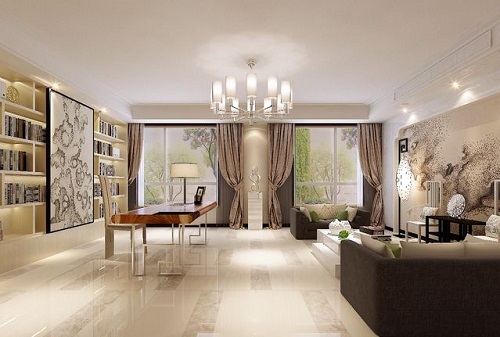

LG and Samsung have invested a combined €25 million (about $30 million) in a small German OLED specialist that claims to be solving a big shortcoming in OLED technology by developing an efficient blue emitter.
Interested in articles & announcements on OLED developments?
Bruchsal, Germany-based Cynora said it will commercialize the product by the end of this year, using a technique called thermally activated delayed fluorescence (TADF).
The Series B investments by LG Display and Samsung Venture Investment Corporation call for both companies to work on separate Cynora projects advancing TADF materials for AMOLED — active matrix OLED — which is targeted at the market for TV screens and smartphone displays. Cynora, founded in 2008, is also positioning TADF for the general lighting market, where it promises leaps in efficiency and color temperature performance.
“This investment confirms that our materials are highly attractive for the OLED display industry,” said Cynora CEO Gildas Sorin. “Cynora will work in close collaboration with LG and Samsung to support their respective activities. The cash injection will also be used to strengthen our worldwide presence as a supplier of high-efficiency emitting materials. We will commercialize our first blue product by the end of 2017, followed by green and red.”
Cynora is focused on blue at the moment because that's where it sees the greatest need.
“While efficient emitters for red and green are already commercially available, there is still no OLED material that efficiently converts electricity into blue light,” the company says on its website.
Cynora explains that TADF focuses on “triplet excitons” rather than on singlet excitons. Excitons are the recombined positive and negative charge carriers that can be converted into light by emitter material. “For highly-efficient OLEDs, both types of excitons have to be converted into light,” says Cynora. “This is less straightforward for triplet excitons.”
In general lighting, one of the drawbacks of OLED is that it is not as efficient as LED. An improvement in blue efficiency could help to narrow that gap. OLEDs are materials that light up when excited by a current. They could usher in a whole new era of design in lighting, architecture, and clothing, but manufacturing costs have remained high and efficiency has not matched LEDs, which are single light points. Another challenge for OLED developers is that LED designers are embedding light strips in fabric to create effects similar to OLEDs.
Copyright 2006-2025 Shanghai Sinoexpo Informa Markets International Exhibition Co., Ltd. All rights reserved